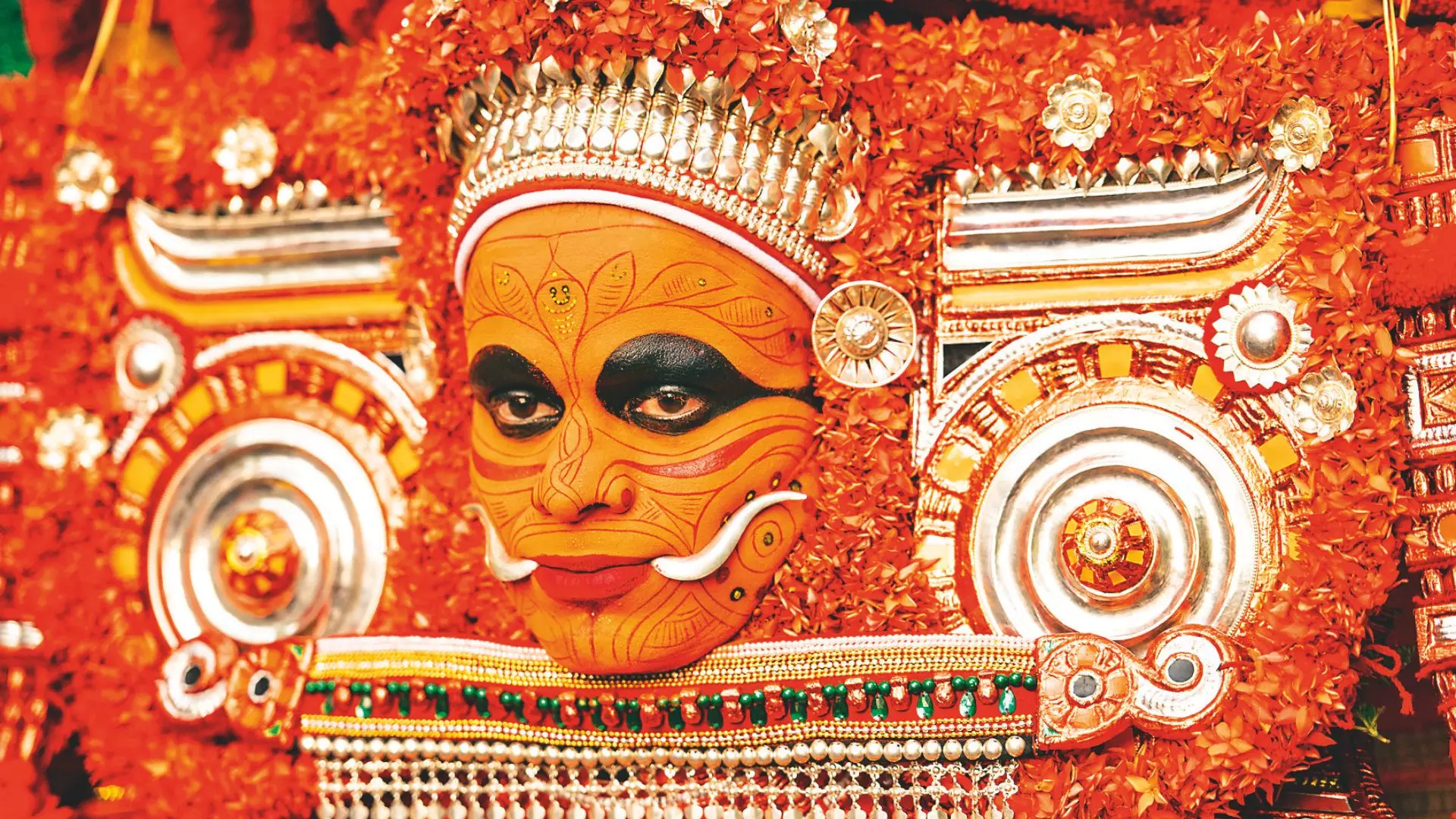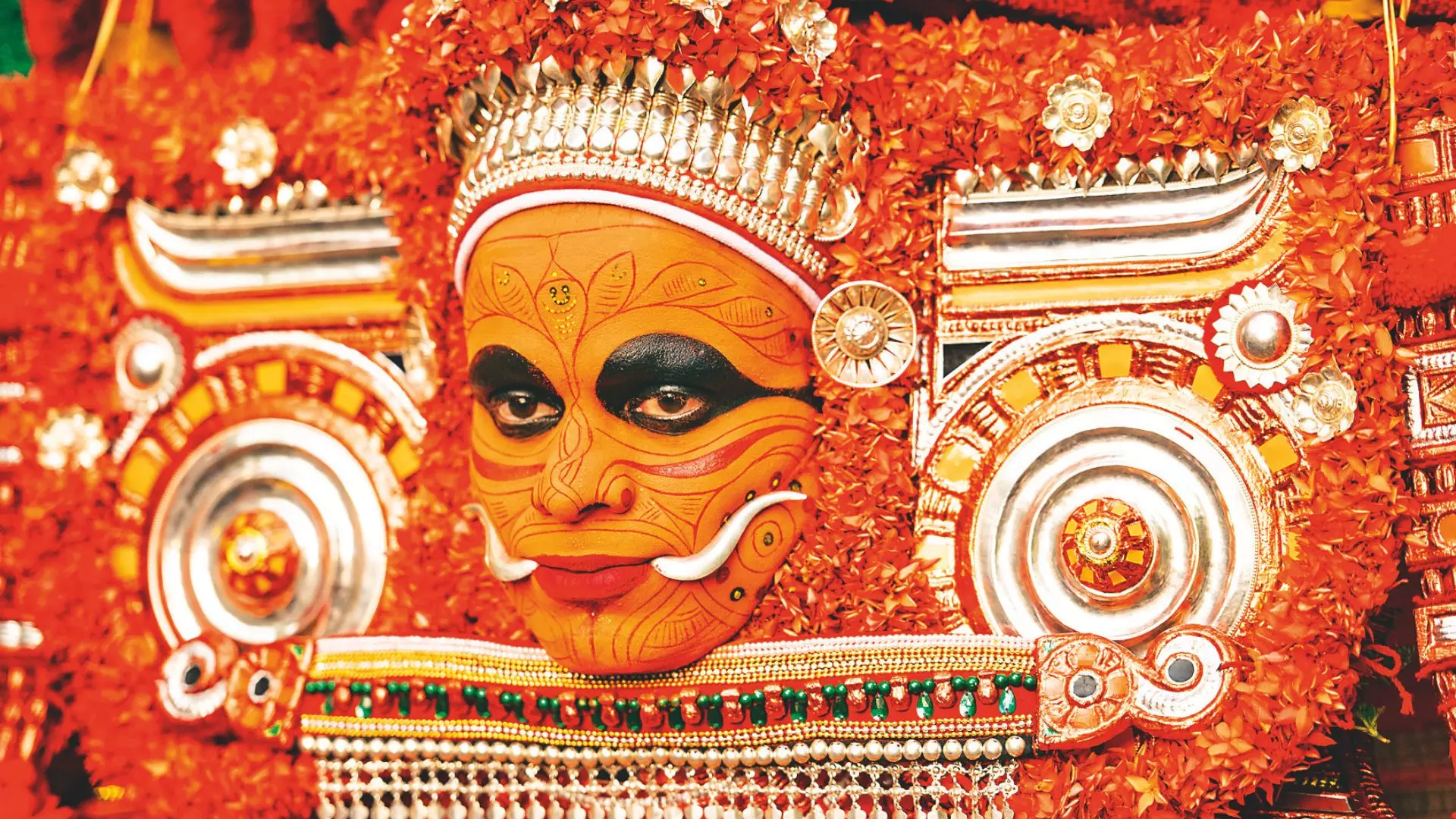
A photograph can strip away the comforting lies we tell ourselves, exposing us to the raw truth: nothing lasts, not even the memory of a moment — a concept well-illustrated by Aquin Mathews, Indian Photo Festival (IPF) director and curator of the ongoing photography exhibit at State Art Gallery, observing World Photography Day. The theme is ‘us,’ or people — an eerie intimacy. The goal seemed to be to steal a piece of them, to capture not just their face but also their despair, joy, and solitude—the things they thought were safe, hidden beneath the surface.
Silent sentinel
Radha Varanasi wandered a bustling stall, overflowing with books, yet rendered timeless through its monochromatic palette. The absence of colour emphasises the form and structure of the scene. The stall itself, filled with neatly stacked books, adheres to the value of knowledge and the weight of learning. The black-and-white treatment strips away the distractions of tints, underlining the geometry of the books and the subtle play of light and shadow on their spines. The shadows cast across the table and the surrounding environment create a depth that invites closer examination. In this photograph, Varanasi’s interplay of light and shadow breathes life into the static arrangement of books. The sharp contrasts between the illuminated and shadowed areas create a dynamic tension that brings the scene to life, making the viewer feel as though they are peering into a moment frozen in time. It also highlights the texture of the book covers and the smooth surfaces of the stall, adding layers of tactile richness to the image.
A performer’s jargon
The strong lines of the stance, the intricate beauty of the anklets, and the quiet interaction of movement suggested by the leaves give the shot a timeless quality, as if it could belong to any era. Despite this, it feels intimately present, capturing a moment that is both ephemeral and eternal. Vinod Venkapallli evokes mystery by focusing on the silhouette rather than the full figure, making the performer’s presence felt rather than fully visible. The leaves, with their natural beauty, serve as both backdrop and partner in this visual dance, framing the performer in a way that highlights the connection between human art and the untamed world. “I wanted to tell a story of movement and stillness, of tradition and nature, and of the beauty found in the details that often go unnoticed,” he says, adding, “I wanted light in its ability to reveal and define, illuminate forms and textures, and cast them in a clarity that speaks to their presence.”
The armchair reader
Ravi Kumar’s photo of the front of a car against an elderly man engrossed in reading a newspaper reflects on the humourous and sometimes jarring encounters that occur at the intersection of tradition and modernity. The photograph frames a peculiar encounter between the car and the old man, suggesting a delicate collision of eras. The car’s polished surface, often a symbol of contemporary convenience and technology, contrasts with the traditional image of the elderly man, absorbed in his newspaper — a representation of leisure. The juxtaposition of these elements creates a caustic yet poignant scene that darts between old-world charm and the bustling pace of everyday vitality. The man’s absorbed posture and calm demeanor contrast with the car’s unexpected intrusion — the contrast between the static, reflective world of the past and the dynamic, sometimes invasive presence of the modern world. “I chose a perspective that stresses the car’s interaction with the man, drawing attention to the physical proximity and creating a visual tension,” the photographer adds.
Mystery of a scarf
The scarf vendor represents a tableau of silent despair. Three dummy faces, each adorned with a carefully draped scarf, stand motionless against the backdrop of looming towers. The dummies hover in a timeless moment, seemingly anticipating an unrealised arrival. Their scarves, bright yet lifeless, hang like remnants of forgotten warmth, a feeble attempt to bring colour to a world that feels utterly cold. Rama Veeresh Babu shot it on a cold, overcast day. He wasn’t looking for anything in particular, just letting the city’s rhythm guide him. But then he saw it — a small, forgotten stall where three dummies stood, each draped in a scarf, with Charminar, ominous in the distance. “I knew I had to frame it just right — to let the turret loom over the dummies, to let them serve as a reminder that no matter how much we dress up the past, we can’t escape time.” This shot became about more than just capturing a scene; it was about freezing a paradox — movement against stillness, life against something that only pretends to be alive. “Shooting this felt like capturing that tension — the contrast between what we want to preserve and what time inevitably erodes,” the street photographer tells us.
Peace-making
Shalini Jain places the monk’s back in the foreground to create a contrast between his flowing robes and the elaborate details of the architecture. The monk’s posture and serene presence serve as a quiet counterpoint to the ornate features of the surroundings, such as arches, columns, or detailed carvings. The photograph may use light to illuminate the architectural elements, drawing attention to the textures and patterns that define the space. The back view of the monk adds a layer of anonymity and universality to the image, to kindle the connection between individual spirituality and the larger, timeless qualities of architecture. Jain’s choice to focus on the architectural backdrop enhances the sense of scale and context, illustrating how the monk’s contemplative state is part of a broader, enduring tradition. “The stark simplicity of his posture against the ornate complexity of the space highlights a deep, spiritual harmony between the individual and his environment. The architectural elements, bathed in soft, diffused light, create a dramatic homecoming of shadows. I chose a time of day when the light might have filtered through high windows or gaps in the architecture, casting patterns on the monk and the surrounding structures. I sought to highlight his meditative state within the grand arches, columns, or carvings, using architectural lines to lead the viewer’s eye towards the subject,” she says.
